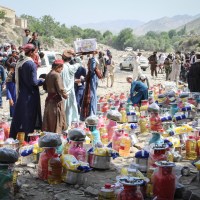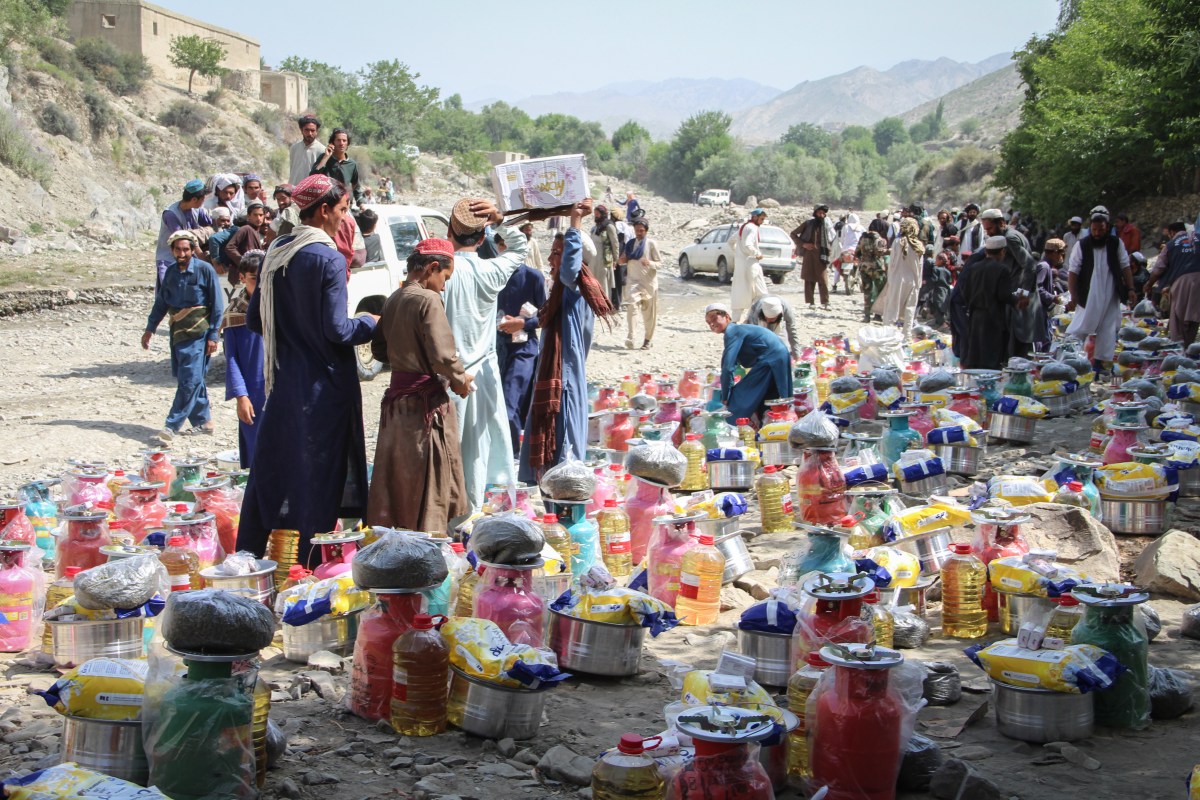You’re tossed by violent shaking, your mouth filling with mud. You struggle to scream yourself awake, but the mud is so thick, that you choke. This is no dream. This is what happened to thousands of men, women, and children in the Paktika and Khost regions on June 22, when a 6 magnitude earthquake struck southeastern Afghanistan.
The human toll of the earthquake is heartbreaking. More than 1,000 already vulnerable people lost their lives. Another 1,600 were injured. In some families, parents woke up to discover their kids buried and suffocated by the mud which used to form the walls of their homes. Some kids went to bed tucked in by parents but woke up as orphans. Some people are the sole survivors of their families.
The infrastructure challenges are formidable. The earthquake damaged or destroyed homes, health facilities, schools, and water networks, leaving 362,000 people in need of assistance. Over 10,000 homes have been damaged or destroyed, 2,000 of which are 5 kilometers or more from a good road. The remoteness of these hardest-hit areas hinders relief efforts. Survivors with houses still standing hold their breath, waiting to see if their weakened homes will collapse.
Afghan’s healthcare system was already teetering on collapse. In the wake of the Taliban takeover last August, international aid to Afghanistan was severely curtailed, causing medicine and medical supplies shortages. International aid once paid for doctor and nurse salaries and kept hospitals running. When the aid stopped, medical staff could no longer show up for work, and primary care facilities could no longer stay open.
But within this tragedy sparks hope. Afghans are crossing ethnic lines to help one another. Most of the earthquake victims are Pashtuns, yet in one area, Uzbek and Hazara Afghans, who have been the target of so much recent violence, are donating from what little they have to help those outside their own communities. Despite decades of war and deep mistrust among different minority groups, Afghans recognize how it is better to love anyway.
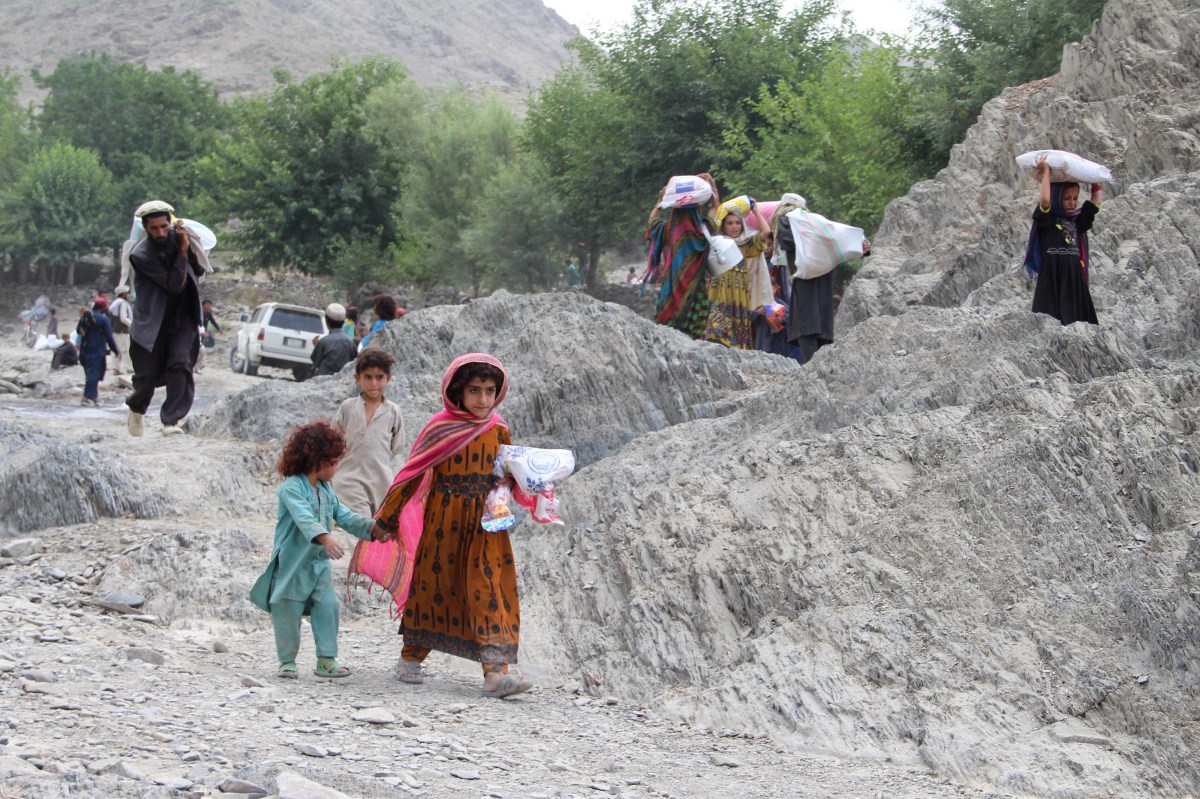
We’re Here, with 3 Types of Emergency Relief
We’re standing with the people of Afghanistan as they rebuild their lives in the face of natural disaster.
The villagers we are helping face daunting obstacles. Even before the earthquake struck, most families lacked running water, electricity, and phone service. Their only source of income is from selling pine nuts off the trees growing here. Village families have inherited the trees and the land from their ancestors, so they do not want to leave.
Mountains surrounded by harsh terrain separate the villages from the district centers. People need to cross steep hills, rocky roads, and unpredictable river beds to go from one village to another. Our team traveled for 11 hours from Kabul to one of the hardest-hit areas. After another hour and a half by car, we reached the village we’re serving. Our supply trucks needed 18 hours for the journey.
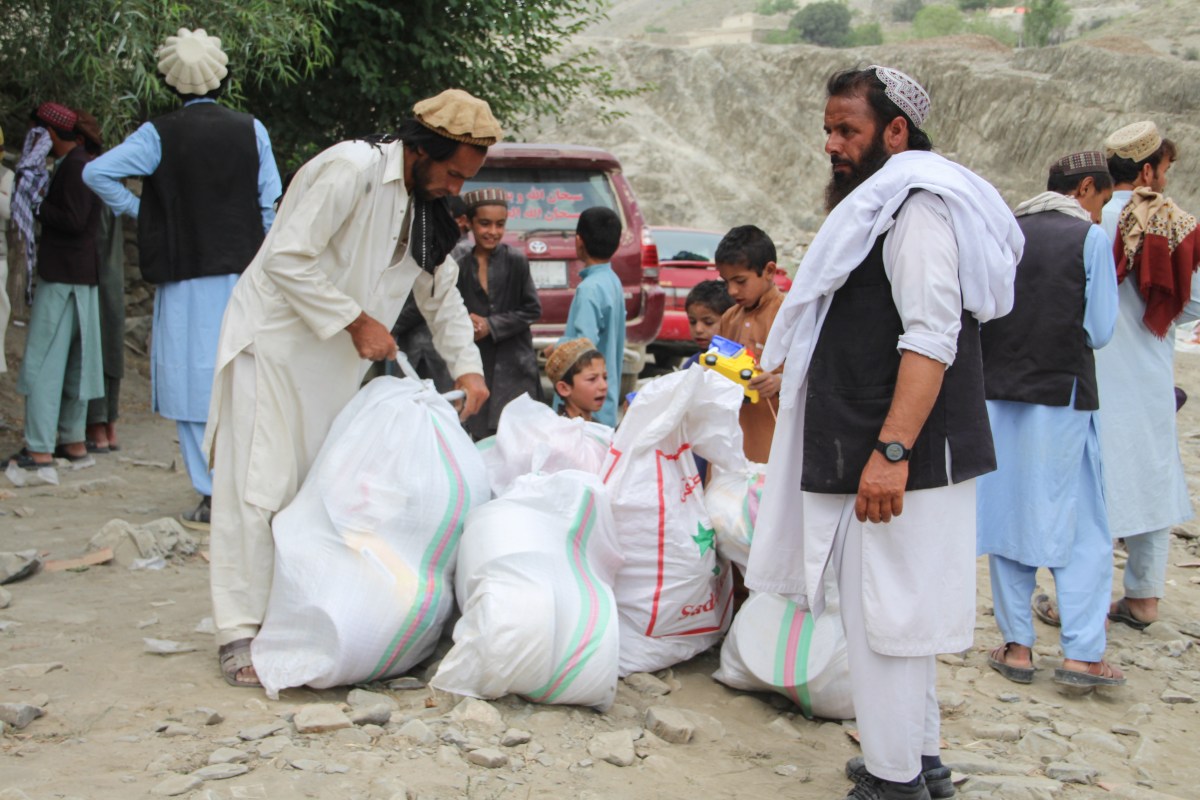
Food and Practical Aid
Working with our local partners, our community of peacemakers has provided more than 160 earthquake-affected families with some essential relief aid in the aftermath of the natural disaster. We brought food packs, including cooking fuel, and kitchen items such as teapots and cooking pots to a remote and decimated village so families can start rebuilding their lives one meal at a time.
Presence
We visited a provincial hospital, spending time with those recovering. Some victims don’t have any family members left who can sit with them. This was our way of saying, “We see you. We are with you. We are for you.”
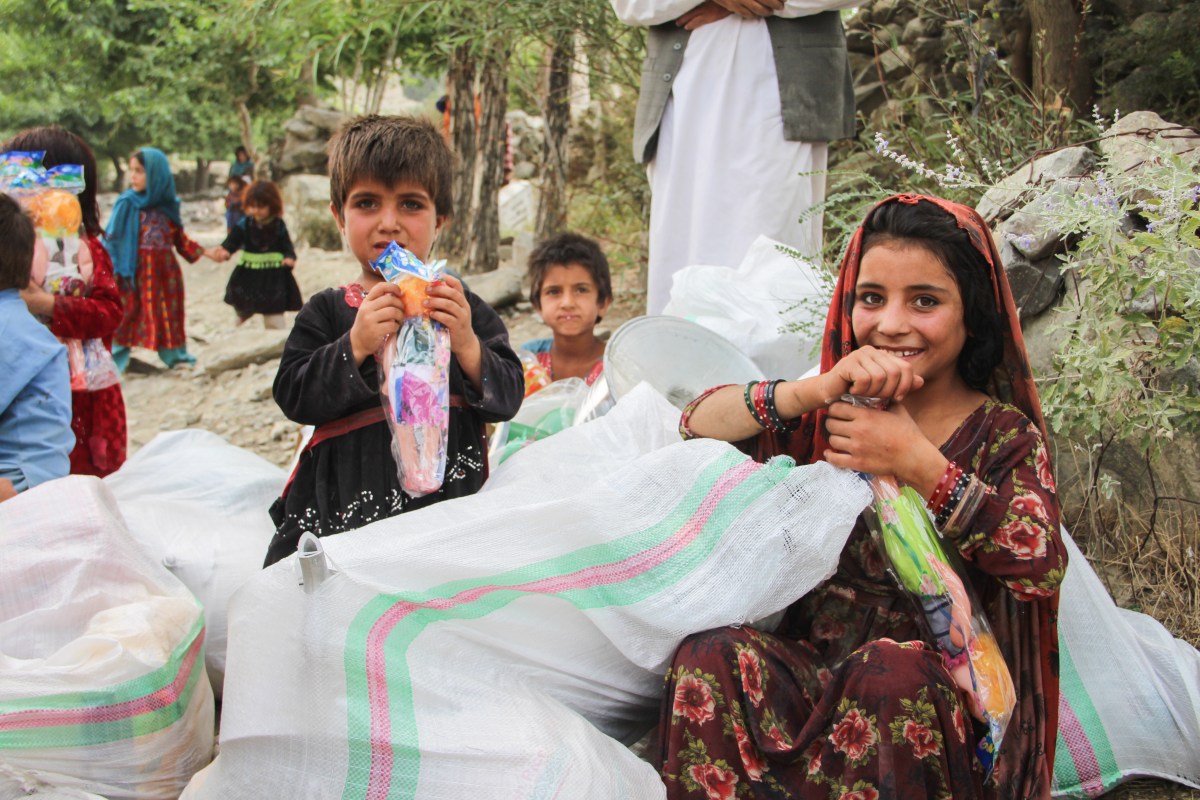
Supporting the Local Economy
We’re building development into our relief efforts by purchasing supplies inside Afghanistan. That way, we build up local businesses instead of competing against them by bringing in relief supplies from abroad. Money spent locally benefits the entire community as the business owners we support then have more money to spend among neighboring businesses.
For these vulnerable people, rebuilding their communities will take years. They need to clear the land, obtain government permissions to start construction, and gather money to rebuild their homes. But those are only structures. By standing together, the soul of this community will persevere and thrive—through the kindness and the generosity of those who remember that we belong to one another.

